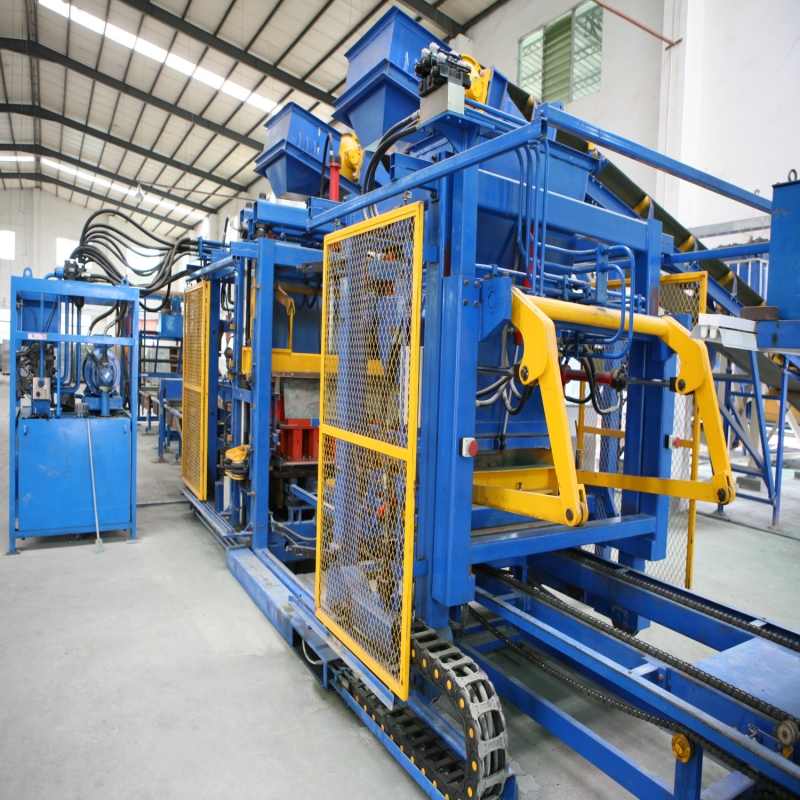Interlocking blocks are a popular choice for paving driveways, walkways, patios, and other outdoor surfaces. These blocks are made from concrete and can be interlocked to create a strong, durable surface that can withstand heavy foot and vehicle traffic.
One of the main benefits of using interlocking blocks for paving is that they can significantly increase your property’s curb appeal. Interlocking blocks come in a variety of colors, shapes, and sizes, so you can choose a style that complements your home’s architecture and landscaping. The result is a beautiful, cohesive look that adds value to your property and makes it more attractive to potential buyers.
In addition to their aesthetic appeal, interlocking blocks are also practical and functional. They provide a slip-resistant surface that is safe to walk and drive on, even in wet or icy conditions. They are also easy to install and maintain, which can save you time and money in the long run.
If you’re interested in using interlocking blocks for your paving project, it’s important to work with a reputable contractor who has experience in this type of work. They can help you choose the right type of blocks for your needs and ensure that they are installed properly to ensure maximum durability and longevity. With the right installation and maintenance, your interlocking block paving can last for many years, providing you with a beautiful and functional outdoor space for your home.
How to Repair a interlocking blocks machine?
Repairing an interlocking blocks machine requires some technical expertise and knowledge of the interlocking blocks machine machine’s components and operation.
Here are some general steps to follow when repairing an interlocking blocks machine:
Identify the problem: Before beginning any repairs, it is important to identify the specific problem with the machine. This may involve inspecting the machine’s components and operation, testing the machine under different conditions, and consulting the machine’s manual or technical documentation.
Gather necessary tools and materials: Depending on the specific repair needed, you may need to gather tools such as wrenches, screwdrivers, and pliers, as well as replacement parts or materials such as hydraulic hoses, seals, or filters.
Shut down the machine: Before beginning any repairs, make sure to shut down the machine and disconnect any power sources or hydraulic lines.
Disassemble the machine: Depending on the specific repair needed, you may need to disassemble the machine to access the damaged or malfunctioning components. Follow the manufacturer’s instructions for disassembling the machine, and take care to avoid damaging any other components.
Replace or repair damaged components: Once you have identified the damaged or malfunctioning components, you can either replace them with new parts or repair them if possible. Follow the manufacturer’s instructions for replacing or repairing the components, and take care to ensure that all components are properly installed and tightened.
Reassemble the machine: Once the repairs have been completed, reassemble the machine according to the manufacturer’s instructions, taking care to reconnect any power sources or hydraulic lines.
Test the machine: Before putting the machine back into operation, test it under different conditions to ensure that the repairs have been successful and the machine is operating properly.
Follow maintenance procedures: To prevent future breakdowns or malfunctions, follow the manufacturer’s recommended maintenance procedures for the machine, such as changing filters or lubricating moving parts on a regular basis.
If you are not comfortable or experienced with repairing an interlocking blocks machine, it may be best to consult a professional technician or the manufacturer’s technical support team for assistance.
